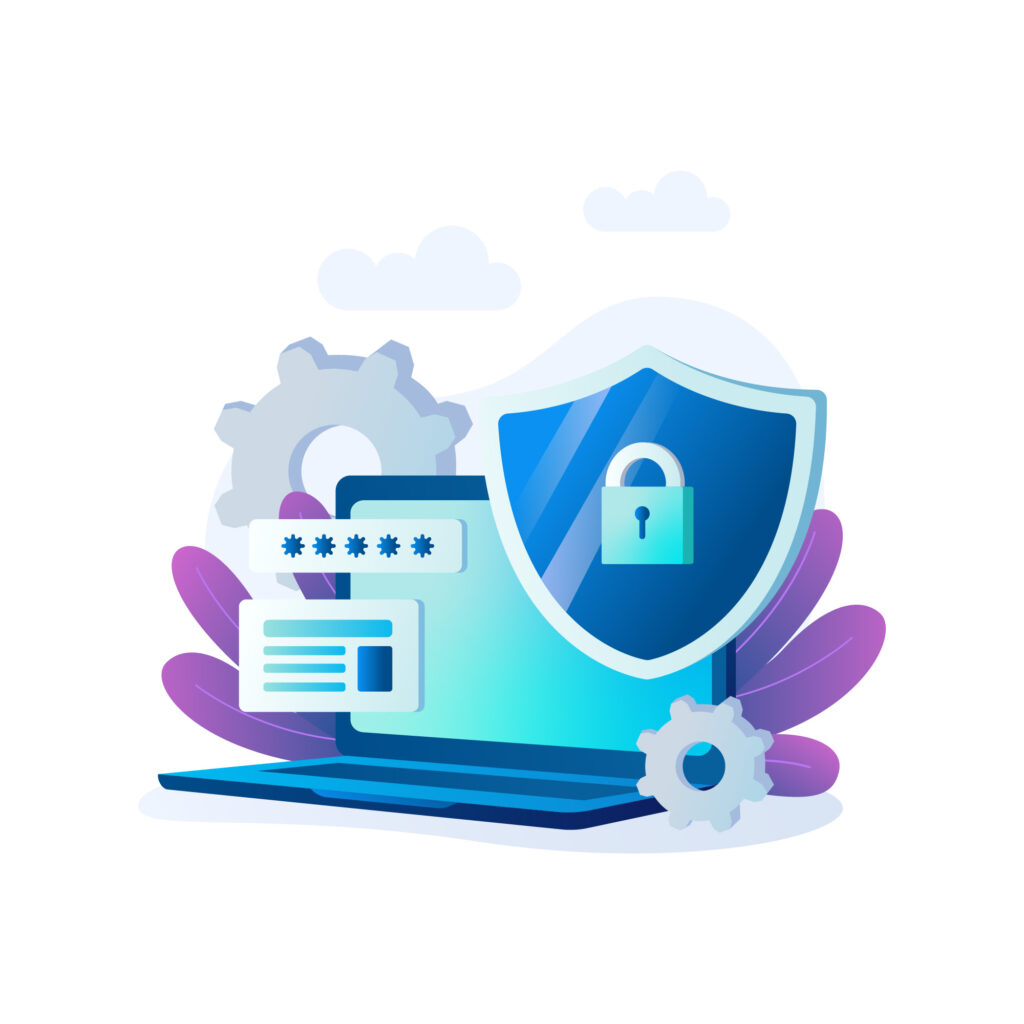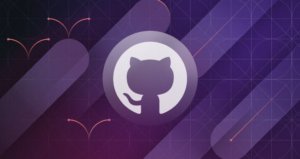In the dynamic landscape of modern software development, the integration of development and operations teams through DevOps practices has revolutionized the way organizations build, deploy, and manage applications. However, amidst the rapid pace of delivery, security remains a critical concern. In this detailed guide, we will delve deeply into the multifaceted aspects of security in DevOps workflows and provide comprehensive strategies to achieve robust security measures.

Part 1: Understanding the Security Landscape in DevOps
1. The Shift-Left Paradigm:
- Explore the concept of shifting security left in the software development lifecycle (SDLC).
- Understand the benefits of addressing security concerns early in the development process
2. Security Threats in DevOps:
- Identify common security threats and vulnerabilities prevalent in DevOps environments.
- Discuss the risks associated with cloud infrastructure, microservices architecture, and third-party dependencies.
3. Compliance and Regulatory Considerations:
- Delving into the regulatory landscape and compliance requirements relevant to DevOps practices involves a comprehensive examination of various regulatory frameworks and standards that impact software development and deployment. This includes but is not limited to regulations such as GDPR (General Data Protection Regulation), HIPAA (Health Insurance Portability and Accountability Act), SOC 2 (Service Organization Control 2), PCI DSS (Payment Card Industry Data Security Standard), and industry-specific regulations.
- Discuss how organizations can align their DevOps workflows with industry standards and regulations like GDPR, HIPAA a PCI DSS.
Part 2: Implementing Security Practices in DevOps
1. Automation for Security Testing:
- Explore the role of automation in integrating security testing into continuous integration and continuous deployment (CI/CD) pipelines.
- Discuss the implementation of static code analysis, dynamic application security testing (DAST), and other automated security scanning tools.
2. Infrastructure as Code (IaC) Security:
- Provide detailed guidance on implementing security best practices in Infrastructure as Code (IaC) scripts:
- Secure Credentials Management
- Least Privilege Principle
- Parameterization and Variable Usage
- Secure Network Configuration
- Discuss techniques for securing cloud infrastructure, managing secrets, and implementing network security controls.
3. Continuous Monitoring and Incident Response:
- Discuss the importance of continuous monitoring for detecting and responding to security incidents.
- Provide guidance on implementing Security Information and Event Management (SIEM) systems, intrusion detection/prevention systems (IDS/IPS), and log management platforms.
4. Container Security Best Practices:
- Explore best practices for securing containerized environments, including container image scanning, runtime security, and orchestration platform security.
- Discuss strategies for securing container registries and implementing secure container networking.
5. Third-Party Risk Management:
- Discuss the risks associated with third-party dependencies and supply chain vulnerabilities.
- Provide guidance on conducting third-party risk assessments, implementing secure software supply chain practices, and managing vendor security risks.
Part 3: Building a Culture of Security in DevOps
1. Security Training and Awareness:
- Discuss the importance of security awareness training for developers, operations engineers, and other stakeholders.
- Provide resources and recommendations for implementing security training programs within organizations.
2. Importance of Security Awareness Training:
- Security awareness training instills a mindset of vigilance and responsibility when it comes to identifying and mitigating security risks.
- Developers need to understand secure coding practices and potential vulnerabilities in the code they write.
- Operations engineers must be aware of security best practices for configuring and managing infrastructure securely.
3. Interactive workshops and simulations
4. Online Learning Platforms
- Leverage online learning platforms and resources such as Pluralsight, Coursera, or Udemy to provide on-demand security training courses.
Conclusion:
In conclusion, achieving security excellence in DevOps workflows requires a holistic approach that addresses technical, organizational, and cultural aspects of security. By understanding the security landscape, implementing robust security practices, and fostering a culture of security awareness and collaboration, organizations can effectively mitigate risks and safeguard their software delivery pipelines. Remember, security is not a one-time task but an ongoing journey that requires continuous improvement and adaptation to evolving threats and challenges.
How can we help:
- Containerization and Kubernetes Security
- Infrastructure as Code (IaC) Development
- Customized DevSecOps Implementation
- Security Training and Awareness



